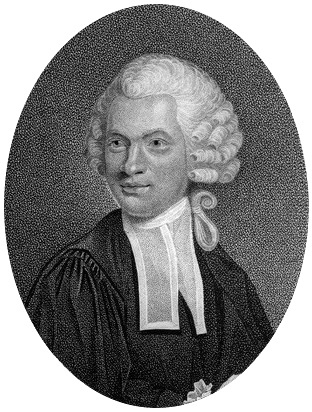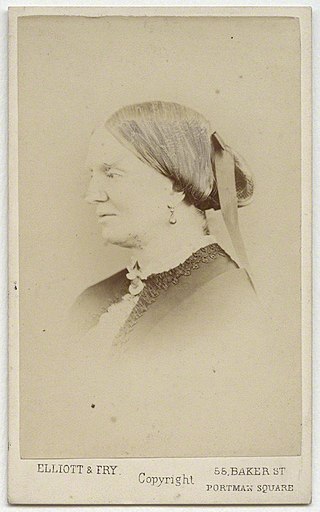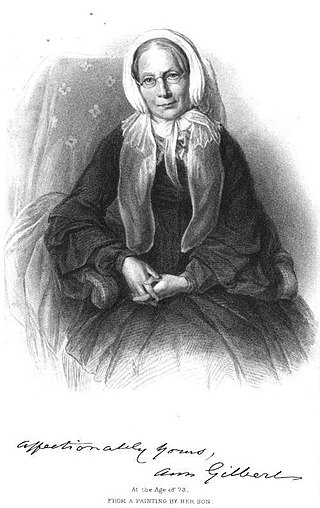Related Research Articles

Philip Henry Gosse, known to his friends as Henry, was an English naturalist and populariser of natural science, an early improver of the seawater aquarium, and a painstaking innovator in the study of marine biology. Gosse created and stocked the world's first public marine aquarium at London Zoo in 1853, and coined the term "aquarium" when he published the first manual, The Aquarium: An Unveiling of the Wonders of the Deep Sea, in 1854. His work was the catalyst for an aquarium craze in early Victorian England.

Harriet Elisabeth Beecher Stowe was an American author and abolitionist. She came from the religious Beecher family and wrote the popular novel Uncle Tom's Cabin (1852), which depicts the harsh conditions experienced by enslaved African Americans. The book reached an audience of millions as a novel and play, and became influential in the United States and in Great Britain, energizing anti-slavery forces in the American North, while provoking widespread anger in the South. Stowe wrote 30 books, including novels, three travel memoirs, and collections of articles and letters. She was influential both for her writings as well as for her public stances and debates on social issues of the day.

Capel Lofft was a British lawyer, writer and amateur astronomer.

John Richard Jefferies was an English nature writer, noted for his depiction of English rural life in essays, books of natural history, and novels. His childhood on a small Wiltshire farm had a great influence on him and provides the background to all his major works of fiction.

William H. Spottiswoode HFRSE LLD was an English mathematician, physicist and partner in the printing and publishing firm Eyre & Spottiswoode. He was president of the Royal Society from 1878 to 1883.

William Byrd II was an American planter, lawyer, surveyor and writer. Born in the English colony of Virginia, Byrd was educated in London, where he practiced law. Upon his father's death, Byrd returned to Virginia in 1705. He served as a member of the Virginia Governor's Council from 1709 to 1744. Byrd was also the House of Burgesses's colonial agent in London during the 1720's. His life reflected aspects of both the British colonial gentry and an emerging American identity.

Rowland Taylor was an English Protestant martyr during the Marian Persecutions.

Margaret Gatty was an English children's author and writer on marine biology. In some writings she argues against Charles Darwin's Origin of Species. She became a popular writer of tales for young people, which she hoped would influence adult minds as well. Among her other books are Parables from Nature, Worlds not Realized, Proverbs Illustrated, and Aunt Judy's Tales. She edited Aunt Judy's Magazine, a family publication written by various family members.

Abhijñānaśākuntalam, also known as Shakuntala, The Recognition of Shakuntala, The Sign of Shakuntala, and many other variants, is a Sanskrit play by the ancient Indian poet Kālidāsa, dramatizing the story of Śakuntalā told in the epic Mahābhārata and regarded as the best of Kālidāsa's works. Its exact date is uncertain, but Kālidāsa is often placed in the 4th century CE.

The London Magazine is the title of six different publications that have appeared in succession since 1732. All six have focused on the arts, literature and poetry. A number of Nobel Laureates, including Annie Ernaux, Albert Camus, Doris Lessing, and Nadine Gordimer have been published in its pages. It is England's oldest literary journal.

Ann Gilbert was an English poet and literary critic. She gained lasting popularity in her youth as a writer of verse for children. In the years up to her marriage, she became an astringent literary critic. However, she is best remembered as the elder sister and collaborator of Jane Taylor.

Sir Clement Higham MP JP PC of Barrow, Suffolk, was an English lawyer and politician, a Speaker of the House of Commons in 1554, and Chief Baron of the Exchequer in 1558–1559. A loyal Roman Catholic, he held various offices and commissions under Queen Mary, and was knighted in 1555 by King Philip, but withdrew from politics after the succession of Queen Elizabeth I in 1558.
Mary Elizabeth Mann, née Rackham, was a celebrated English novelist in the 1890s and early 1900s. She also wrote short stories, primarily on themes of poverty and rural English life. As an author she was commonly known as Mary E. Mann.
John White was a Headmaster and Warden of Winchester College during the English Reformation who, remaining staunchly Roman Catholic in duty to his mentor Stephen Gardiner, became Bishop of Lincoln and finally Bishop of Winchester during the reign of Queen Mary. For several years he led the college successfully through very difficult circumstances. A capable if somewhat scholastic composer of Latin verse, he embraced the rule of Philip and Mary enthusiastically and vigorously opposed the Reformation theology.

Thomas Spring of Lavenham in Suffolk, was an English cloth merchant. He consolidated his father's business to become one of the most successful in the booming wool trade of the period and was one of the richest men in England. He has been described as the most important figure of the early Tudor cloth industry.
Isaac Taylor (1759–1829) of Ongar was an English engraver and writer of books for the young.
Sir Edmund Rous, of Dunwich, Suffolk, was an English landowner, magistrate, MP and Vice-Treasurer of Ireland.
Charles Taylor (1756–1823) was an English engraver, known also as a man of letters and biblical scholar.
Helen Taylor (1818–1885) was an English writer of books for children.

George Henry Evison was a Lancastrian artist and book illustrator who illustrated many cheaper books with his strong line drawings. He illustrated magazines with both line drawings and colour wash drawings.
References
- ↑ "The Taylor Family" (1792)
- 1 2 Carlyle, E. I. (1898). . Dictionary of National Biography . Vol. 55. p. 422.
- ↑ Hathi Trust online edition
- ↑ Jackie C. Horne, History and the Construction of the Child in Early British Children's Literature, Routledge 2016, p. 108
- ↑ Google Books online
- ↑ Hathi Trust online edition
- ↑ Hathi Trust online edition
- ↑ The Gentleman’s Magazine, October 1853, p.424